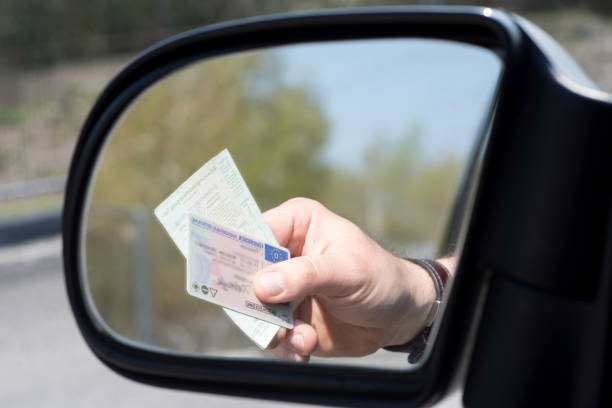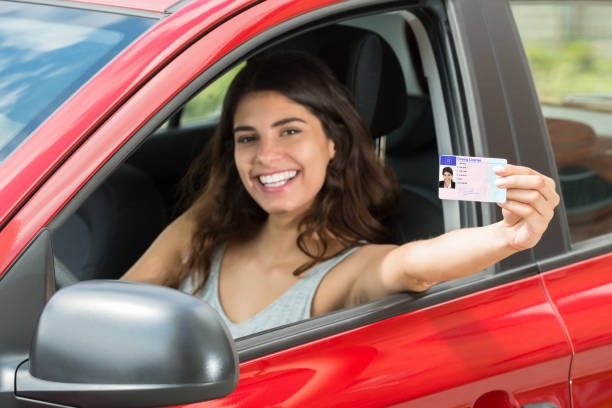Blog
German Driver’s License Process Simplified for You
German Driver’s License Process Simplified for You
German Driver’s License Process Simplified for You. Getting a German driver’s license can feel like a daunting task, especially if you’re unfamiliar with the country’s requirements, regulations, and procedures. Whether you are a local resident or an expat, understanding the step-by-step process can save you time, reduce stress, and ensure a smooth experience. In this guide, we simplify the German driver’s license process for you, highlighting everything you need to know to get behind the wheel legally and confidently.

Understanding the German Driver’s License
A German driver’s license, or Führerschein, is not just a legal requirement but also a symbol of independence and mobility. Germany is known for its strict driving regulations, and the process of obtaining a license reflects the emphasis on road safety, responsibility, and competence. The license allows you to drive various types of vehicles depending on the category you apply for, such as motorcycles, cars, trucks, or buses.
There are two main routes to obtaining a German driver’s license:
-
For Beginners (Learners) – If you are applying for a driver’s license for the first time in Germany.
-
License Conversion (Exchange) – If you already hold a valid driver’s license from another country and want to convert it to a German license.
Let’s dive into the simplified steps for both routes.
Meet the Basic Requirements
Before applying, ensure you meet the eligibility criteria:
-
Age: Minimum age is 18 for a standard car license (Class B). For motorcycles or scooters, age requirements may vary.
-
Residency: You must be a resident of Germany or have a valid visa/residency permit.
-
Health: A medical check-up or vision test may be required to ensure you are fit to drive.
-
Documents: You will need valid identification (passport or ID card), proof of residence (Meldebescheinigung), and, if applicable, your current foreign driver’s license.
Meeting these basic requirements is the first step toward a hassle-free application.
Enroll in a Driving School (Fahrschule)
Driving schools in Germany (Fahrschulen) play a crucial role in preparing applicants for both the theoretical and practical exams. Choosing the right school is essential for effective learning and success.
-
Theoretical Training: Covers traffic rules, road signs, driving regulations, and safety measures. Classes can be in German or sometimes English, depending on the school.
-
Practical Training: Hands-on driving experience under the supervision of certified instructors. This includes city driving, highway driving, and emergency maneuvers.
Most driving schools offer packages that combine both theoretical and practical training, making the process streamlined and convenient.
Pass the Theory Test
The theory test is a critical component of obtaining your German driver’s license. It assesses your knowledge of traffic rules, road signs, and safe driving practices.
-
Format: Multiple-choice questions on a computer or tablet.
-
Languages: Available in multiple languages, including English, to accommodate international applicants.
-
Preparation: Many driving schools provide online practice tests or apps to help you study efficiently.
Passing the theory test is mandatory before you can take the practical driving test.
Complete Practical Lessons
Once you pass the theory test, it’s time for practical lessons. The number of lessons required varies depending on your skills and confidence, but most schools recommend at least 12–20 lessons to cover city driving, autobahn (highway) driving, night driving, and emergency stops.
-
Tips for Success:
-
Stay calm and focused during lessons.
-
Practice consistently between lessons.
-
Ask questions to clarify any doubts with your instructor.
-
These lessons ensure you are fully prepared for the practical driving exam.
Pass the Practical Driving Test
The practical driving test is the final step in obtaining your German driver’s license. During the test, an examiner will evaluate your driving skills, adherence to traffic rules, and overall safety.
-
Duration: Approximately 45 minutes.
-
Evaluation: Includes parking, maneuvering, highway driving, and handling real-life traffic situations.
-
Tips: Stay calm, follow instructions carefully, and demonstrate confidence and control behind the wheel.
Passing the practical test is a significant milestone and marks the moment you officially earn your German driver’s license.
Apply for Your License
After passing both the theory and practical exams, you can apply for your official driver’s license at your local Driver’s License Office (Führerscheinstelle).
-
Required Documents:
-
Proof of identity
-
Residency registration (Meldebescheinigung)
-
Certificate of passing theory and practical tests
-
Recent biometric photo
-
Once processed, your German driver’s license will be issued, allowing you to drive legally anywhere in Germany and many other European countries.
Converting a Foreign Driver’s License
If you already have a valid driver’s license from another country, Germany allows you to convert it into a German license under certain conditions:
-
EU/EEA Licenses: Usually straightforward, often requiring minimal paperwork.
-
Non-EU Licenses: May require a theory test, practical test, or both, depending on your country of origin.
This process helps international residents drive legally without starting from scratch.
Benefits of a German Driver’s License
Obtaining a German driver’s license offers multiple benefits:
-
Legal Compliance: Ensures you drive legally in Germany and across the EU.
-
Mobility: Offers freedom and convenience for commuting, travel, and daily activities.
-
Career Opportunities: Certain jobs require a valid driver’s license.
-
Safety and Confidence: Training ensures you are prepared to handle various driving scenarios responsibly.
Final Thoughts
While the German driver’s license process may seem complex initially, breaking it down into steps makes it much more manageable. From meeting basic requirements to passing exams and applying for the license, following a structured approach ensures success. By enrolling in a good driving school, preparing thoroughly for the theory and practical tests, and understanding the conversion process for foreign licenses, you can simplify the journey and obtain your German driver’s license with confidence.
With the right guidance, dedication, and preparation, the dream of driving legally in Germany can become a reality faster than you think. Start your journey today, and enjoy the freedom and independence that comes with a German driver’s license!

